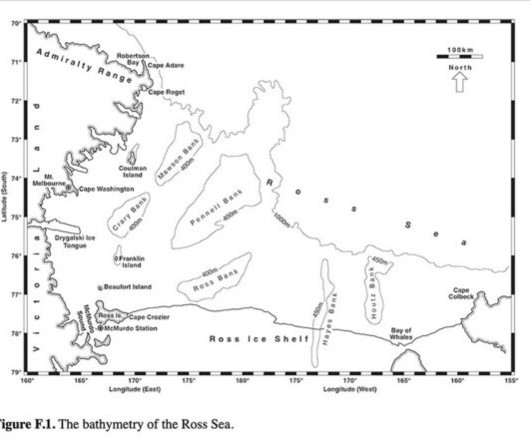Stuck in the middle (of the AOU/COS meeting)
10,000 Birds
AUGUST 20, 2013
It comprised eight short talks on subjects ranging from investigations into the genetics of magnetic receptors for navigation, to the use of eBird and other “citizen science” crowdsourcing efforts in studying migrant phenology. ” Fascinating stuff, with real conservation implications.











Let's personalize your content